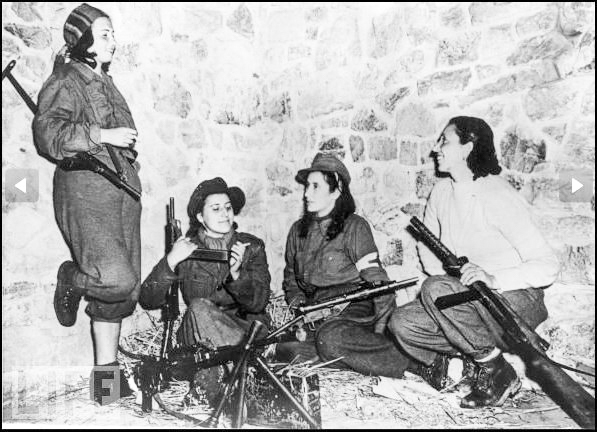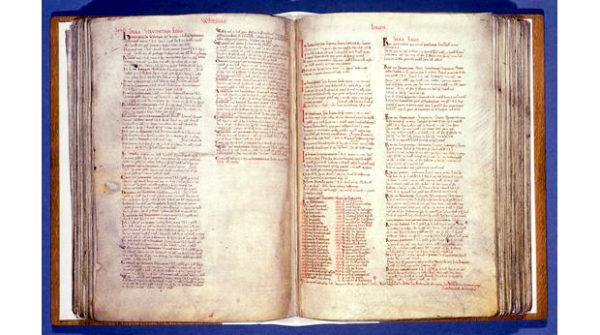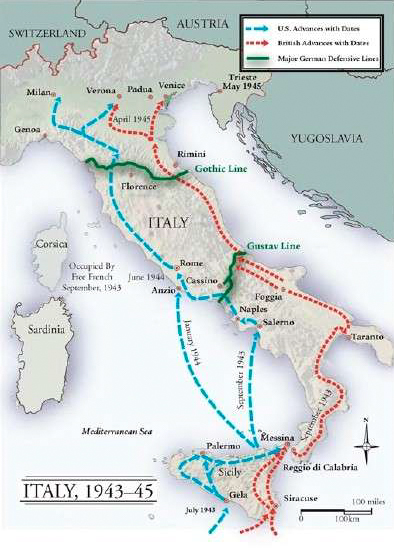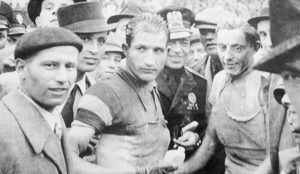For those of you who follow our bi-weekly blogs, you know that I enjoy writing about the French Resistance and the exploits of those brave men and women during World War II. However, France was only one of many German occupied countries during the war. Each country had resistance organizations and I don’t mean to slight any of them just because I don’t write about them. Well, today is different.

One of my favorite authors, Caroline Moorehead, recently published her new book, A House in the Mountains. It is the story of Italian partisans and in particular, four women who fought fascism and the Nazis in Italy. While there are many similarities between the French and Italian resistance movements, one aspect stands out. That is, the large number of Italian women who actively participated in resistance activities against both the Nazis as well as many of their own countrymen who were staunch fascists and collaborationists.
Did You Know?
Did you know the phrase “No Man’s Land” originated almost a thousand years ago? The term gained popularity during World War I, but it actually described an event which occurred after William the Conqueror’s defeat of his competitor for the English throne at the Battle of Hastings in 1066. Shortly after the battle, William ordered an accounting of his newly acquired kingdom, England. This meticulous record of landowners, tenants, peasants, moveable property and each manor’s annual income was called the Domesday Book. The inspectors focused on the approximately 30,000 landowners and their manors as opposed to individual parcels of land. Castles were not counted since they were considered to be expenses nor were the assets of the church counted due to their tax-exempt status. There is some debate about why William ordered a financial review of who owned what amongst his two million newly acquired subjects. However, it is agreed that the Domesday Book was the first census taken in Europe and would not be repeated until the 19th-century. Unfortunately, the Domesday Book’s completion took twenty years and William died shortly after it was published in 1086-87.

In one of the passages, it was written that the king took possession of twelve and a half acres of “nanesmanesland.” This was meant to indicate that none of the local feudal powers had claimed the land. This term would eventually evolve into “none man’s land” and then finally, into “no man’s land.” An area just north of London and outside the city wall was referred to in the mid-14th-century as “no man’s land” meaning it was an unwanted piece of ground except for the executioner who practiced his trade on this particular parcel. Land where the remains of plague victims were buried in the Middle Ages was commonly referred to as “No man’s land.” In other words, no living person would want to step foot on it. By the 19th-century, this term had crept into military vernacular and referred to disputed territory. During the first World War, “No man’s land” was that piece of dirt between enemy trenches where, after “going over the top” (click here to read the blog, British Fascists and a Mitford) meant certain death for a soldier. Today, after someone has been accused of an impropriety, they are fired and banished to “No Man’s Land.”
War-Time Italy
Think of war-time Italy being divided into two parts: the period before the Allied invasion of Sicily (10 July 1943) and the period after the invasion until the surrender of German forces in Italy on 2 May 1945. The Italian resistance movement and partisan activity began in earnest after the July Allied invasion which was followed by the armistice on 8 September 1943 thus ending Italy’s war with the Allies. After the armistice was announced, Hitler sent his troops in to occupy Italy north of the Gustav Line.

On 26 July 1943, Mussolini was removed as head of the government and taken prisoner by King Victor Emmanuel III (1869-1947) who then appointed Marshal Pietro Badoglio (1871-1956) as Mussolini’s successor and a new government was formed. Mussolini was frequently moved around in order to keep the Germans from knowing where he was imprisoned. However, on 12 September ⏤ less than two months after his arrest ⏤ Mussolini was rescued by German commandos (so much for secrecy) and Hitler installed him as the puppet ruler of the new Italian Social Republic (RSI). At that point, three different Italian governments existed: Badoglio’s government, Mussolini and the RSI, and in Rome, the CLN or, Committee of National Liberation, a consolidation of the six major anti-fascist parties (Liberal, Democratic Labor, Christian Democrat, Socialist, Communists, and Partito d’Azione). Read More Women of the Italian Resistance


